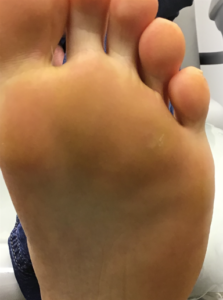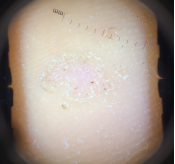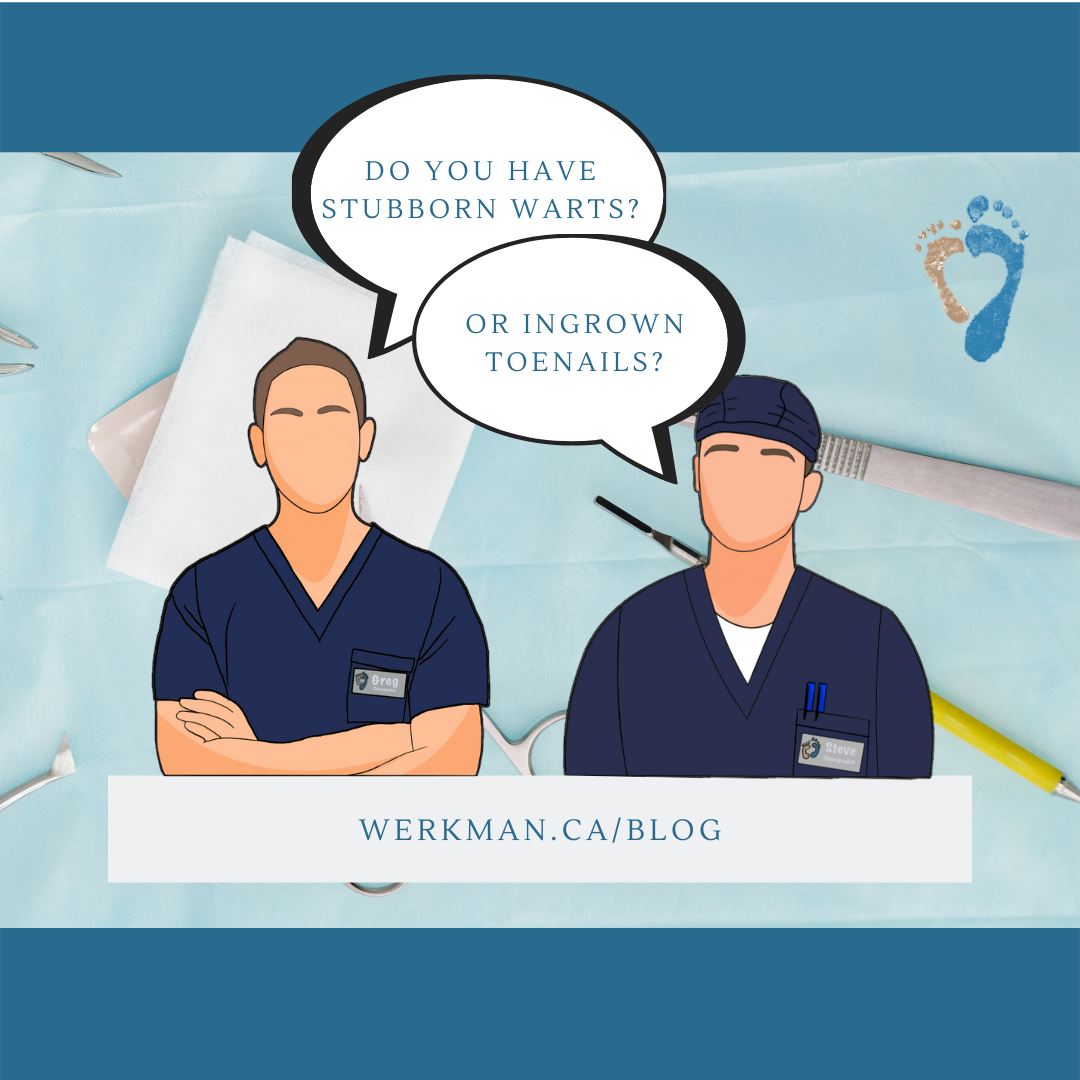Foot Related Treatments
Falknor’s Needling for Plantar Warts
Falknor’s Needling
Needling is an effective way to be rid of plantar’s warts for good!
What is Needling?
Falknor’s needling procedure is an innovative and effective treatment for verrucae (warts), which are benign types of the Human Papillomavirus (HPV) group. Needling is a form of soft tissue therapy which is intended to break down the verruca and create a controlled inflammatory response. This stimulates the body’s immune system to recognize the virus and destroy it. The treatment has been around for over 45 years, first being described in 1969, and is used routinely with great success, by practitioners internationally.
Ready to say so long to Plantar Warts? Request your needling appointment today.
Use the slider to reveal below!


Why Needling?
Needling differs from most other treatment modalities, such as caustics, which can entail dozens of applications to be effective. Needling only requires one, or occasionally two, applications, making this an ideal treatment for busy people. Just 24 hours following the treatment, you can shower as usual without the need to keep bulky dressings dry. No bandages are required after just a few days so that you can continue your daily activities as usual.




All images on this page are actual Werkman, Boven & Associates’ patient results.
How does this method of treatment work?
By puncturing the verrucae with an empty, sterile needle many times, the viral particles are directly exposed to the fatty tissue beneath the skin, where the body is rich in immune regulators. Here the immune system can recognize and destroy the virus.
Simply, using a sterile needle, we push the wart tissue into the body, where the immune system can reach and destroy it.
As this immune response is often systemic, treating only one, or a small cluster, of verrucae is required. The procedure is carried out painlessly under local anesthetic, and only mild soreness the following day has been reported by a few patients. However, most patients feel no discomfort at all following treatment.
Read the study:
Articles of Interest
Plantar Warts: Tackling Foot Foes
Plantar warts, caused by the human papillomavirus (HPV), are .....
Surgical Solutions
At Werkman, Boven & Associates, we provide exceptional foot .....
Struggling with Warts? We have solutions!
Do you have a callus on your foot that seems .....



